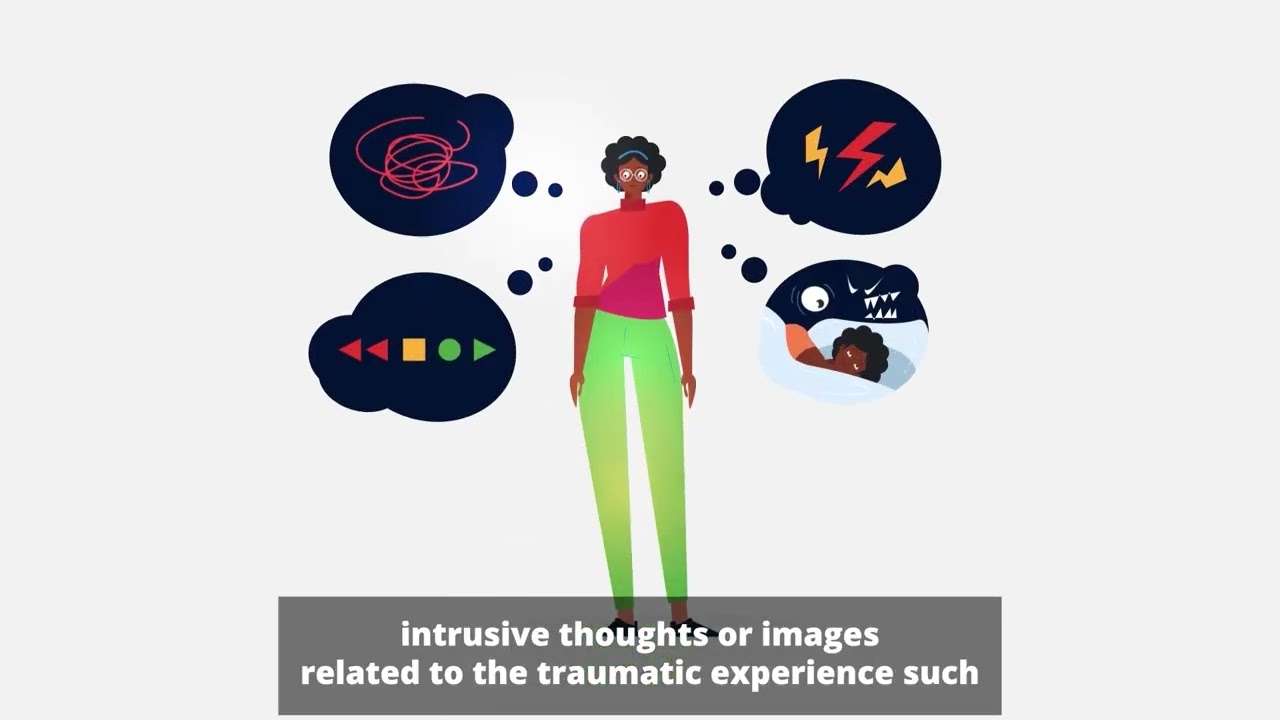There are many different approaches to psychotherapy. Some therapists identify with a particular approach or orientation while others draw from a variety of different approaches. Cognitive-behavioral therapy (CBT) is one specific orientation of psychotherapy that seeks to help people change how they think.
Cognitive-Behavioral Therapy
Cognitive-behavioral therapy is based on cognitive theory and was developed by Aaron Beck for anxiety and depression. CBT is a blend of cognitive and behavioral therapies that help patients tune into their internal dialogue in order to change maladaptive thinking patterns.
Beck developed specific procedures to help challenge a depressive client’s assumptions and beliefs and help patients learn how to change their thinking to be more realistic and thus lead to feeling better. There is also an emphasis on problem-solving and changing behaviors and clients are encouraged to take an active role in their therapy.
Other Types of Cognitive-Behavioral Therapy
One type of CBT is rational emotive behavior therapy (REBT), which was developed by Albert Ellis. Ellis considers strong emotions to result from an interaction between events in the environment and our beliefs and expectations. Some of these beliefs can be too strong or rigid.
For example, maintaining a belief that everyone should like you. With REBT, you would learn to change that belief so that it is less extreme and less likely to interfere with your life. Your belief could then change to wanting people to like you but realizing that not everyone will.
Another form of CBT is dialectical behavior therapy (DBT), which was developed by Marsha Linehan primarily to be used for patients with borderline personality disorder (BPD). DBT emphasizes working on accepting thoughts and feelings instead of trying to fight them. The goal is to get patients to accept their thoughts and feelings so that they can eventually change them.
Exposure and response prevention therapy (ERP) is yet another type of CBT that is usually used for obsessive-compulsive disorder (OCD). In this therapy, patients are exposed to the situations or objects that cause them the most fear (obsessions) but are not able to engage in the behaviors that help relieve the anxiety they feel (compulsions).
For example, if you are afraid of germs, during ERP, your therapist might have you touch money and then not wash your hands for a specific amount of time. Practicing this over and over helps you gain confidence in dealing with the accompanying anxiety and can greatly help relieve symptoms of OCD with repeated exposure.
Does CBT Work for Depression?
It has been difficult to research the effectiveness of psychotherapy since the term can refer to so many different activities. Cognitive-behavioral therapy, however, lends itself well to research and has been scientifically proven to be effective in treating symptoms of depression and anxiety.
It tends to be short- to moderate-term, in contrast to some other orientations because of its focus on the present, as well as on problem-solving. Its mission to educate the patient to learn to become their own therapist also makes it a long-term treatment.
Medications or Psychotherapy?
Depression and anxiety can be treated with medications, psychotherapy or both. Some research has shown that the combination of medications and therapy can be particularly effective.
Insurance companies sometimes encourage family doctors to prescribe medications rather than refer to a mental health professional for psychotherapy. There are times when this may be appropriate, but there are other times when psychotherapy is clearly indicated.
If you are taking an antidepressant or an anxiety medication and you believe that part of the problem is not being addressed, consider seeking help from a mental health professional.
A Word From Verywell
If you’re interested in trying cognitive behavioral therapy, you might talk to your physician. Your doctor may be able to refer you to a therapist, or you can use an online directory or look for a therapist online.
Keep in mind that not all therapists use cognitive behavioral therapy, so it’s important to ask what type of therapy they use prior to setting up your first appointment.
Examples of CBT for Depression
CBT uses cognitive and behavioral techniques to improve depressive symptoms, but the exact CBT treatment plan for depression might depend on the type of depression someone is experiencing.
Here are some examples of what CBT treatment might look like for different forms of depression:
CBT for Major Depressive Disorder (MDD)
Jody, a 35 year old female, has recently started to feel tired all the time. This began about two and a half weeks ago.
Along with “sleeping all the time,” she reports these other symptoms that all started around the same time:
- Experiencing negative thoughts
- Constantly worrying about different aspects of her life
- Finding it difficult to stay still
- Does not have an appetite
- Has generally been feeling sad, hopeless, irritable , and numb
She reports that she had other times of feeling this way in her teens and mid-20’s; she also experienced brief suicidal thoughts in her 20’s.
Jody began meeting with her therapist last week and the therapist diagnosed major depressive disorder after they finished their assessment. During sessions, her therapist began asking her to challenge her thoughts and restructure her thought process. She also recommended journaling every day. Part of the journaling homework includes documenting something that she chose to do to make her feel happy or productive daily, a CBT technique called behavioral activation.
When Jody started reporting an increase in her worry and rumination, the therapist encouraged her to add meditation to her daily work, to help reduce the incessant worrying and increase calm in Jody’s mind.2,5
CBT for Persistent Depressive Disorder (PDD)
Matt, a 28 year old male, has been experiencing a low and depressed mood, difficulty sleeping, low self-esteem, and difficulty with concentration for the last two and a half years. He works a difficult job and felt it was related, but was informed by family that they noticed this low-grade depression even when he was in less stressful positions.
Matt reached out to a therapist, who diagnosed him with persistent depressive disorder.2,5,6,9 His therapist began working with him on journaling about his day on a regular basis, especially if something made him happy. The therapist encouraged him to write down and challenge his negative and irrational thoughts.
Matt and his therapist also worked noting triggers for aggressive thoughts towards himself to increase his awareness. Matt’s therapist began encouraging him to engage in problem-solving tasks to help him function and build resilience when his depressive symptoms flared up.2
CBT for Seasonal Affective Disorder (SAD) & Situational Depression
Jamie, a 37-year-old male, began experiencing depressive moods, difficulty concentrating, increased fatigue, lowered energy, feeling tense, and negative thoughts in his early 20’s. He reports that he never reached out for help because even if the symptoms tended to start in October to November almost every year, they always stopped around March.
This year, Jamie’s symptoms began around the same time, although he noticed that his negative thoughts were worse than normal and that his sleep schedule was off. As a result, he reached out to a local therapist, who diagnosed Jamie with “unspecified depressive disorder with seasonal pattern,” which is more commonly known as seasonal affective disorder (SAD).9
Jamie’s therapist began working with him to reduce the impact of his symptoms by having him engage in regular meditation to reduce his anxiety and challenge his thoughts outside of session to reduce the negative thought patterns impacting his perspective. They also worked together to create a daily schedule of activities to help increase self-fulfillment and self-care, and journaling to increase acknowledgement of positive things during the difficult season, as well as to track Jamie’s mood.2,5,9
CBT for Postpartum Depression
Julia, a 32-year-old female, had her baby about three weeks ago. About two weeks ago, Julia began experiencing significant levels of anxiety, panic attacks, low mood, feelings of depression and worthlessness, and loneliness. This was Julia’s first child and she had never experienced these feelings before, nor had anyone else in her family.2,9
Julia sought out a therapist to figure out her feelings and was diagnosed with “unspecified depressive disorder with peripartum onset,” more commonly known as postpartum depression. Her therapist knew that research indicated that CBT had improved long- and short-term symptoms of depression and had some impact on anxiety in postnatal depression.10
Julia’s therapist encouraged her to journal her feelings each day to increase awareness as well as acknowledge the positive things she was doing. She also had her engage in a daily short meditation and breathing regulation technique to lower anxiety and panic attacks, engage in gratitude practices with her journaling to increase her mood and lower depressive symptoms, and to discuss her emotional concerns with her support system and partner to allow herself time to meet her own needs. Julia was encouraged to explore her thought patterns influencing the anxious thoughts, especially leading up to panic attacks, to help reduce anxiety and become more aware of her triggers to be able to feel comfortable with her baby.4,12
Types of CBT for Depression
Cognitive behavioral therapy (CBT) is not only a treatment type, but it is also the main branch for a number of different therapy styles. While CBT is the basis of these styles, it is not the only one that can be effective for treating depressive symptoms and episodes.
Here are the three most common offshoots of CBT used for depression:
1. Acceptance and Commitment Therapy (ACT)
While ACT therapy is not as common, it can be helpful in treating depression. ACT engages a number of techniques to increase someone’s mental flexibility.
The techniques used in ACT include different strategies:12
- Acceptance (i.e. allowing a thought or feeling to exist without judging it or pushing it away)
- Mindfulness (encouraging the individual to be able to focus on the present)
- Commitment to behavioral change (i.e. If something is not in line with the meaning or values the individual holds, then change this behavior to meet that value)
In the treatment of depression, ACT can help with reducing the difficulties of negative thoughts and self-talk, anxiety, and judgment, and increase the individual’s ability to focus.
2. Dialectical Behavioral Therapy (DBT)
DBT is a commonly known therapy type, although it is most frequently used to treat those with borderline personality disorder (BPD). This being said, it was initially developed to treat individuals who had frequent suicidal thoughts. In addition, those with BPD or bipolar disorder engage in significant amounts of self-harm—regardless of suicidal intent—that can be seen in depressive episodes across disorders.
Similar to ACT, DBT helps people learn how to accept difficult feelings and thoughts. In addition, DBT teaches how to balance between the ability to accept and address irrational thoughts and behaviors to be able to make healthy and maintainable changes in their ability to cope with life’s stressors.12
Rational Emotive Behavior Therapy (REBT)
REBT was created with the idea that individuals make choices in their lives to meet needs that allow them to survive and feel fulfilled. In turn, REBT teaches individuals how to address irrational and unhealthy behaviors and thoughts so that they can change them for a more functional and fulfilling life.
In treating depression, REBT uses the approach of utilizing the desire to feel happy or fulfilled to reduce depressive symptoms. The REBT approach uses many CBT techniques to help people change their thought processes, helping to create healthier behavior patterns, eventually helping someone move out of their depressive thoughts and behaviors.13




